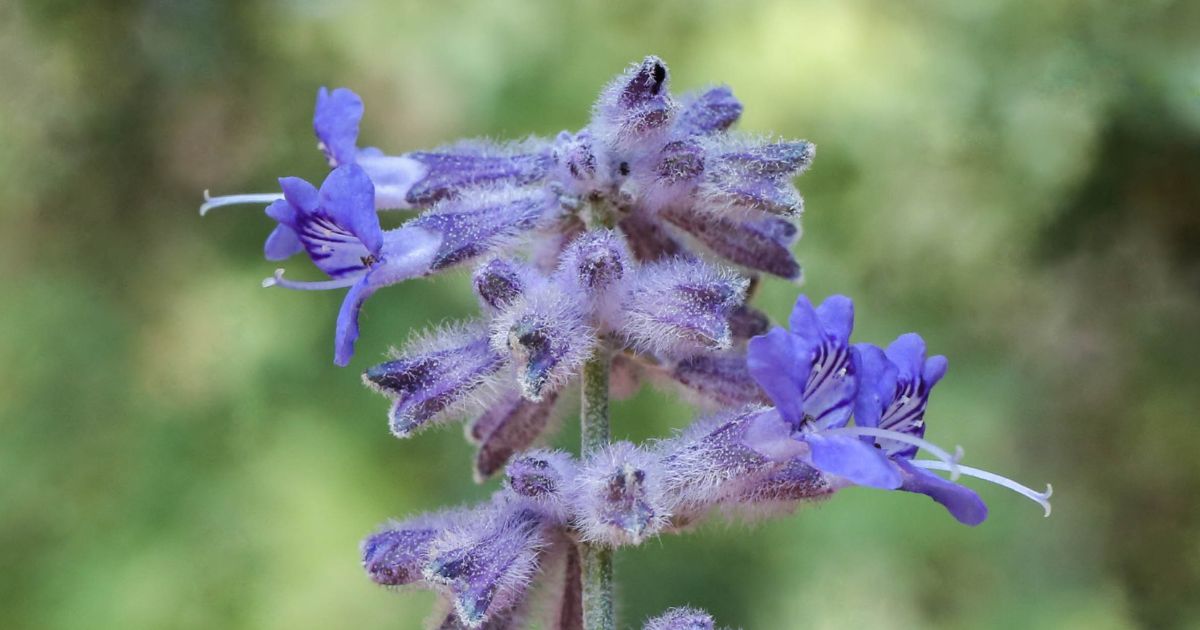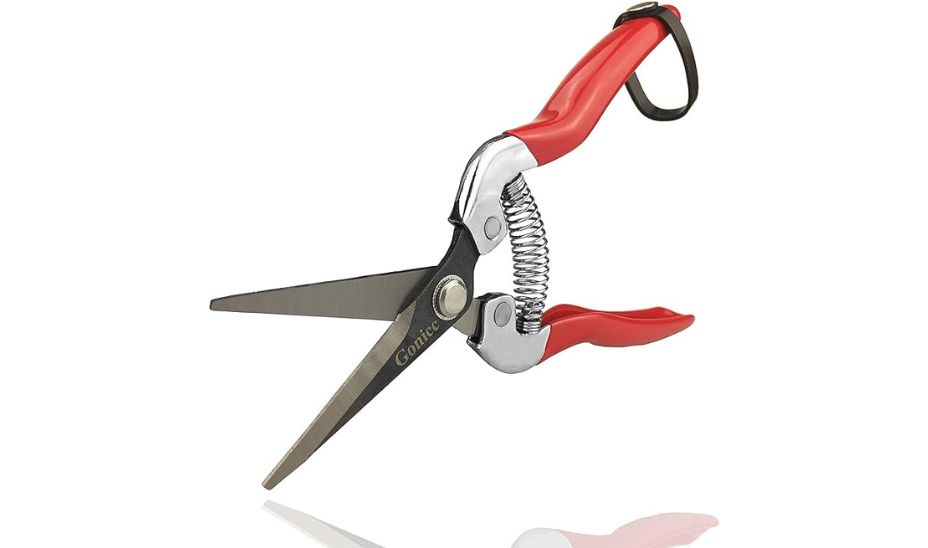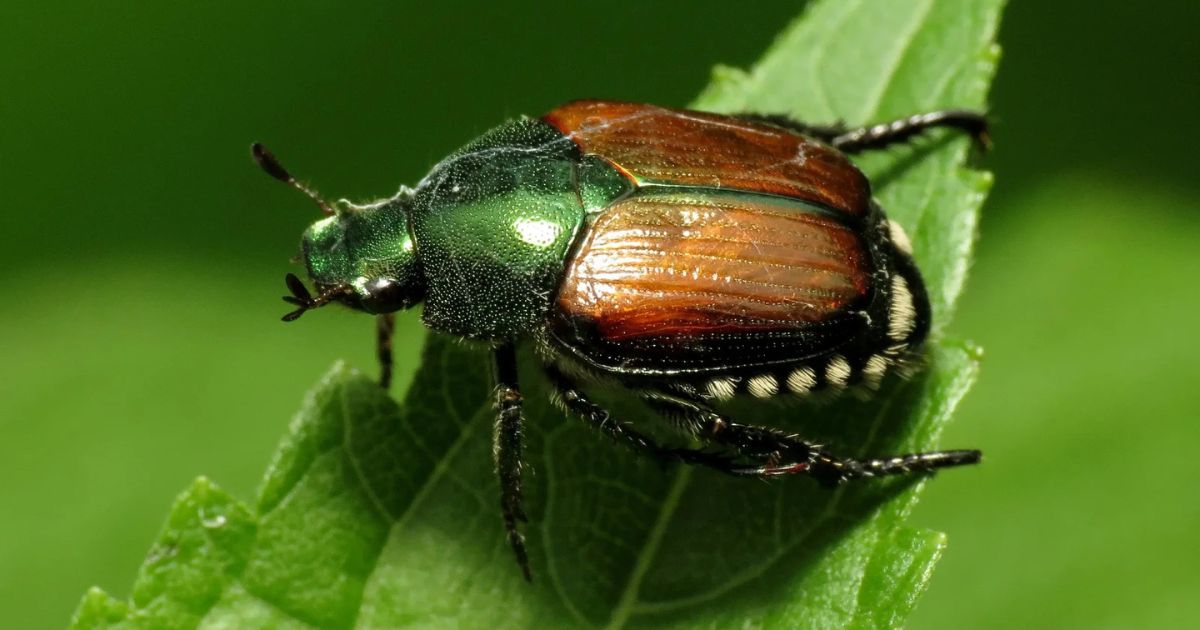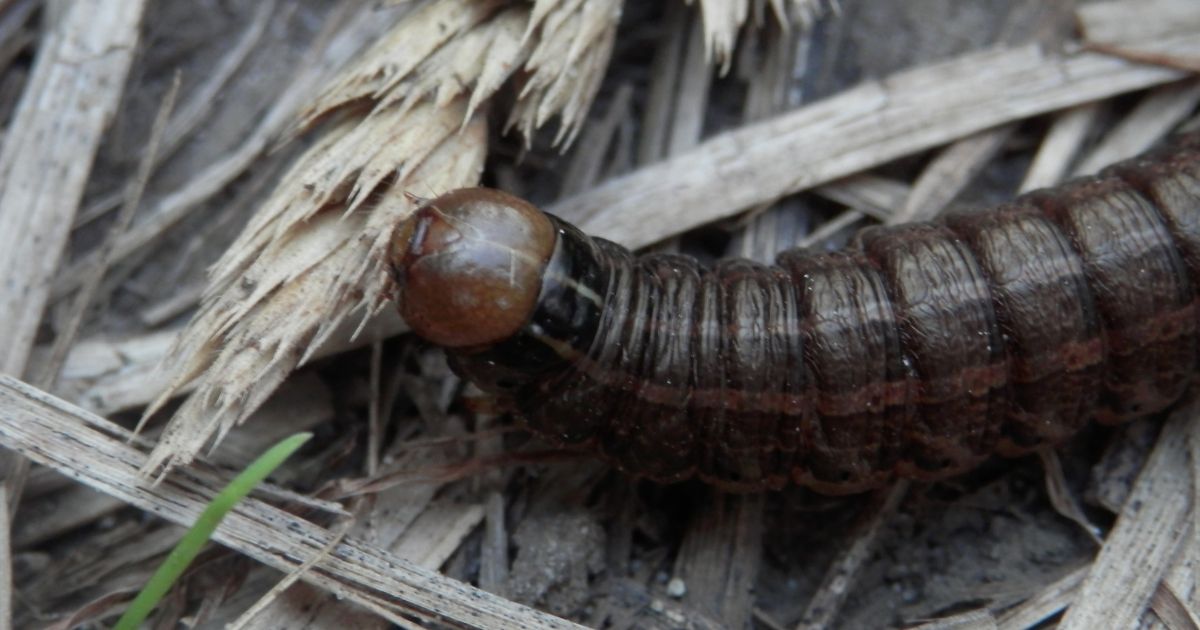
Russian Sage: A Comprehensive Guide to This Stunning Plant
Russian sage (Perovskia atriplicifolia) is a perennial plant celebrated for its tall, airy stems adorned with silvery-gray leaves and clusters of delicate, lavender-blue flowers. Native to Central Asia, it thrives in various climates and has become a favorite in gardens worldwide due to its drought tolerance and ornamental beauty. Despite its name, Russian sage isn’t a true sage but is closely related.
If you’ve ever wondered about “Russian sage vs lavender,” the two plants are often compared for their similar appearances, but they have distinct characteristics that make each unique.
Russian Sage vs Lavender: Key Differences
Although Russian sage and lavender are often confused, they belong to different plant families. Here’s a breakdown:
| Feature | Russian Sage | Lavender |
|---|---|---|
| Scientific Name | Perovskia atriplicifolia | Lavandula spp. |
| Origin | Central Asia | Mediterranean region |
| Leaf Texture | Silvery and feathery | Narrow and smooth |
| Flower Color | Lavender-blue | Purple to bluish-violet |
| Growth Habit | Tall and wispy | Compact and rounded |
| Fragrance | Mild and earthy | Strong and floral |
While lavender is cherished for its fragrance and culinary uses, Russian sage excels as a hardy ornamental plant that thrives in less-than-ideal soil conditions.
Russian Sage Care: How to Grow and Maintain
One of the most appealing aspects of Russian sage is its minimal care requirements. Here’s a detailed guide to keeping this plant healthy and thriving:
1. Planting Russian Sage
- Location: Choose a spot with full sun; Russian sage thrives in at least 6 hours of direct sunlight daily.
- Soil: Well-drained soil is essential. Sandy or loamy soil types are ideal, but this plant can tolerate poor soils.
- Spacing: Space plants 18-24 inches apart to allow for airflow and prevent overcrowding.
2. Watering Needs
Russian sage is highly drought-tolerant once established. Water deeply after planting and during extended dry spells. Avoid overwatering, as the plant dislikes soggy roots.
3. Pruning and Maintenance
- Prune the plant in early spring before new growth appears. Cut back stems to 6–12 inches to encourage vigorous growth.
- Deadhead spent blooms to prolong flowering.
4. Fertilization
Russian sage requires little to no fertilization. Over-fertilizing can result in leggy growth. If needed, use a balanced, slow-release fertilizer in the spring.
5. Pest and Disease Resistance
This plant is resistant to most pests and diseases, including deer and rabbits. However, ensure proper spacing to avoid mildew in humid conditions.
Design Ideas for Russian Sage in Gardens
- Pollinator-Friendly Gardens: Russian sage attracts bees, butterflies, and other beneficial insects.
- Borders and Pathways: Its wispy texture adds a soft, elegant touch to garden edges.
- Rock Gardens: The plant’s drought tolerance makes it perfect for xeriscaping.
- Pairing Plants: Pair Russian sage with ornamental grasses, black-eyed Susans, or echinacea for stunning contrasts.
Benefits of Growing Russian Sage
- Low Maintenance: Perfect for beginner gardeners.
- Drought Tolerance: Ideal for regions with limited water supply.
- Seasonal Interest: Long blooming period from midsummer to fall.
- Wildlife Support: Supports pollinators while deterring pests.
Conclusion
Russian sage is an exceptional plant for gardeners seeking a hardy, drought-tolerant, and visually appealing addition to their landscapes. Whether you’re debating “Russian sage vs lavender” or simply looking for a low-maintenance flowering plant, Russian sage is a versatile and rewarding choice. With proper care, this perennial will provide years of beauty and ecological benefits.



